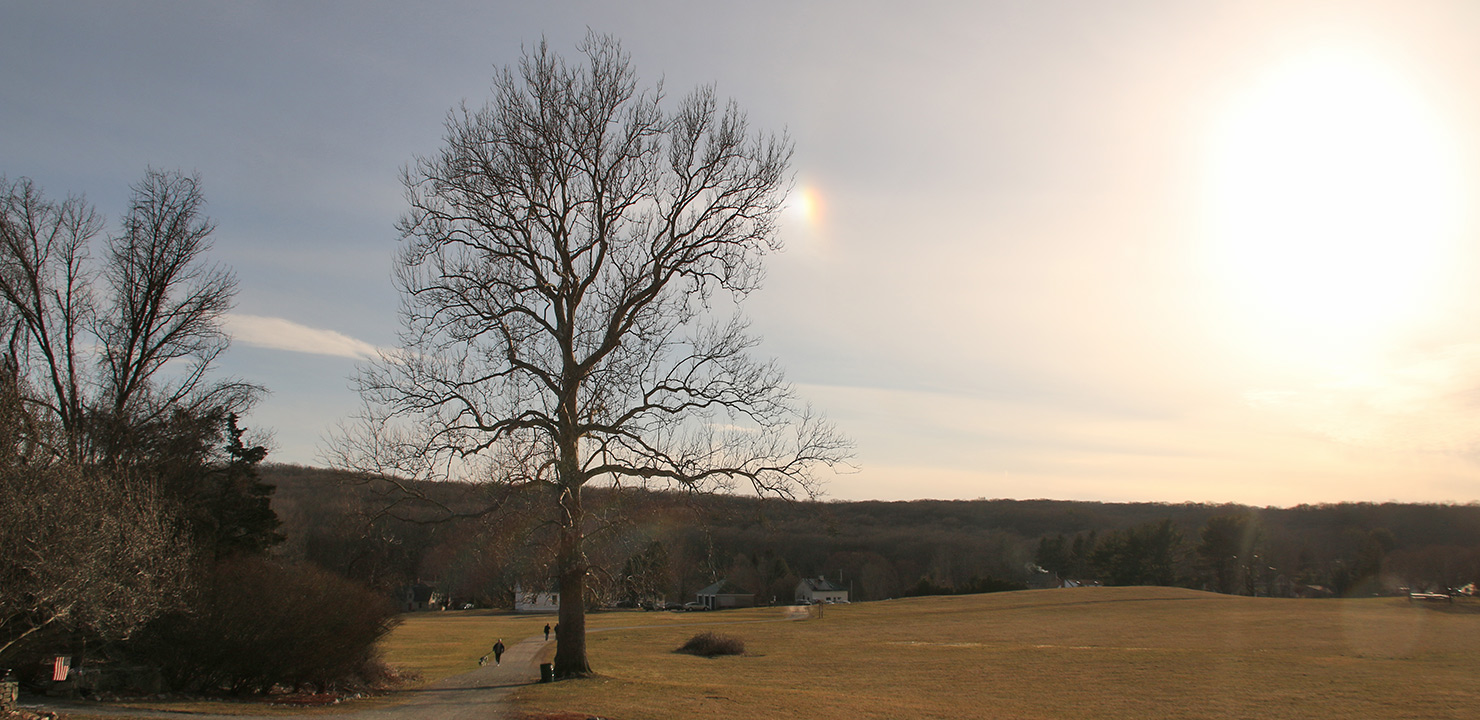
Astronomical Events Determine Easter Observance
April 2017 :
In simpler times our forefathers paid close attention to the clockwork motion of the heavens. One didn’t have to observe the sky for too long a period of time to notice the cyclic phases of the Moon, or the changing position of the Sun relative to the horizon over the course of a year. Nature provided a precise clock and calendar that could be used to determine when to celebrate special events.
It should therefore not be surprising that many religions observances would likewise be established, in connection to these same astronomical circumstances. Christians, for instance, observe Easter every year, but the date for the celebration changes. Since we can barely even remember birthdays and anniversaries that always occur on the same date, it’s time for me to enlighten you with the facts of how the date for Easter is determined.
Easter can occur as early as March 22 or as late as April 25. Why this range? The story began many moons ago when the Christian Church first developed. Since this holy day was determined in conjunction with Passover, Easter often fell on a weekday. However, in 352 CE the Council of Nicaea declared that it should always fall on a Sunday. They determined that Easter would fall on the first Sunday after the Full Moon on or next after the vernal equinox (spring—March 20 or 21). However, if the Full Moon occurred on a Sunday, Easter is celebrated on the following Sunday. This scenario happened in 2001.
This year the vernal equinox was on Monday, March 20, at 6:28 a.m. EDT. The Full Moon on or after that date occurs on Tuesday, April 11, at 2:08 a.m. EDT. Therefore, Easter is celebrated on Sunday, April 16, just nine days before the latest possible date for the event.
April Observing Opportunities
By April 1st that brilliant beacon Venus that had been so prominent in the western sky after sunset will be lost to solar glare. However, this planet, named for the goddess of love, will soon reappear above the eastern horizon before sunrise. Look for it low in the sky around the second week in April. And on April, you can spot our innermost planet of our solar system, Mercury, just above the sunset point for a few days. You’ll need an unobstructed view of the horizon to have any chance of success.
Furthermore, April is the time for casual stargazers to focus their attention and telescopes on Jupiter without losing any beauty sleep. At the beginning of the month Jupiter will be about 15 degrees above the southeast horizon at around 9:00 p.m. EDT. It will be the brightest astronomical object in this region of the sky, except when the Full Moon passes within three degrees on the evening of April 10.
This favorable prime time appearance of Jupiter is ideal, for on April 8, Jupiter will be at its closest distance to the Earth for this year—a mere 414 million miles. Jupiter will be visible all night. Even if you have a small “department store” refractor you will be able to observe four of Jupiter’s largest moons (Io, Europa, Ganymede and Callisto), first discovered by Galileo Galilei in 1610. They are now known as the Galilean satellites. When several of the Galilean moons are visible at the same time, they often appear in a straight line, parading around Jupiter in the plane of its equator. If your timing is right you may catch one of the many interesting phenomena that can occur, including moon shadows on Jupiter’s cloud tops, occultations (when a moon moves behind Jupiter’s disk), or eclipses (when a moon slides into Jupiter’s shadow). I love to watch Jupiter over an extended period of time during the course of one evening because the view is dynamically changing as you watch.
Also easily observed will be Jupiter’s more prominent dark bands/belts and lighter zones, clouds which give the planet a striped appearance. Larger instruments may also reveal the Great Red Spot, a centuries old storm in Jupiter’s cloud tops. A six-inch telescope or larger may be needed to catch a glimpse of it. Keep in mind that Jupiter rotates once in ten hours, making it possible to see the entire planet in one or two nights of observing. Use whatever optical aid you have at hand, but if you wish to marvel at the beauty of Jupiter and all it has to offer, then set aside some time to visit one of the local observatories for a splendid visual experience. And finally, on the night of April 22-23, you should scan the skies for members of the April Lyrids meteor shower. The Lyrids are the oldest known shooting star display, having been observed by Chinese astronomers on March 16, 687 BCE. Being an old display, the number of meteors populating the stream of particles has greatly diminished. Less than six meteors per hour can be counted from dark sky locations.
These swift and bright meteors disintegrate after hitting our atmosphere at a moderate speed of 29.8 miles per second. They often produce luminous trains of dust that can be observed for several seconds. A waning crescent Moon will not interfere with the midnight to dawn peak of the Lyrids
The Lyrids appear to radiate outward from an area of sky on the Lyra-Hercules border near the bright star Vega, which will be about 45 degrees (halfway between the horizon and zenith) above the eastern horizon at midnight and well placed for observing. I let my eyes roam the heavens while facing this general direction. Remember, even though you can trace back the dust train left by a Lyrid meteor back to the radiant point, members of this shower can appear anywhere in the sky
Clear skies for all your observing adventures.
Keep your eyes to the skies!



